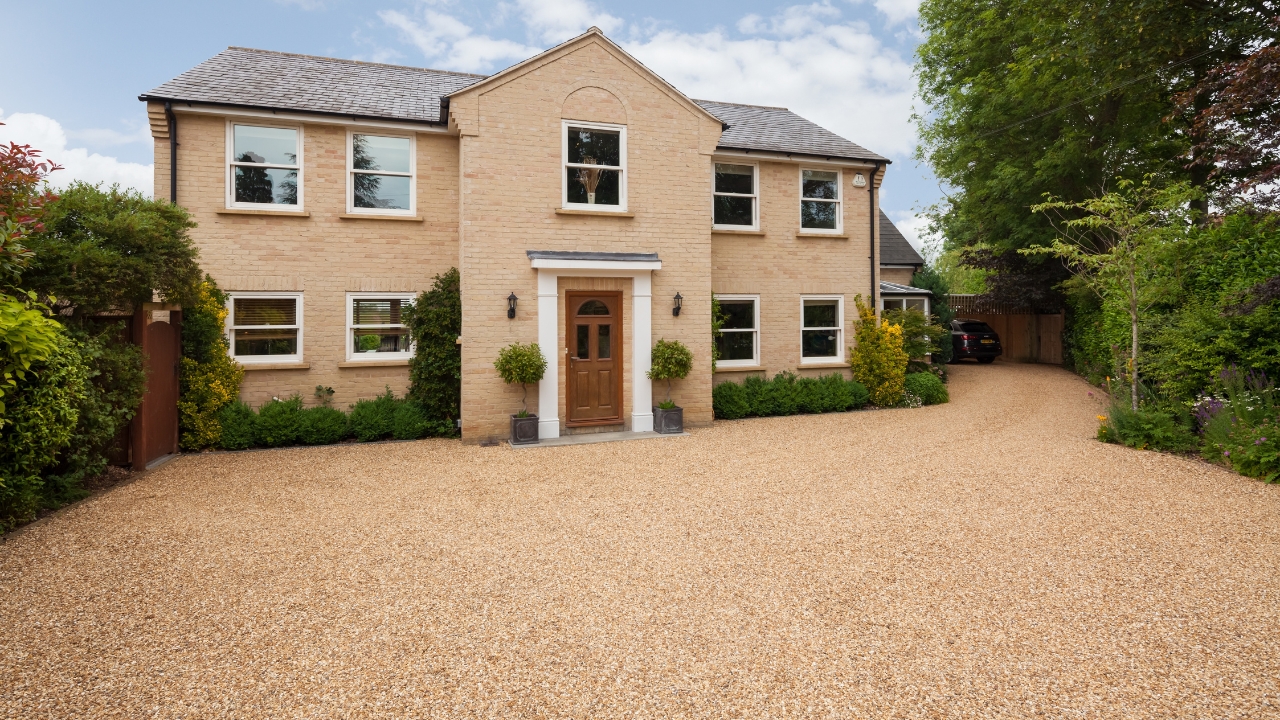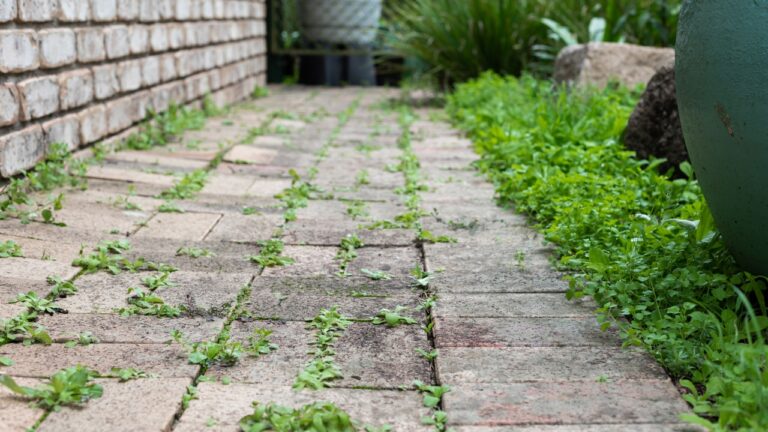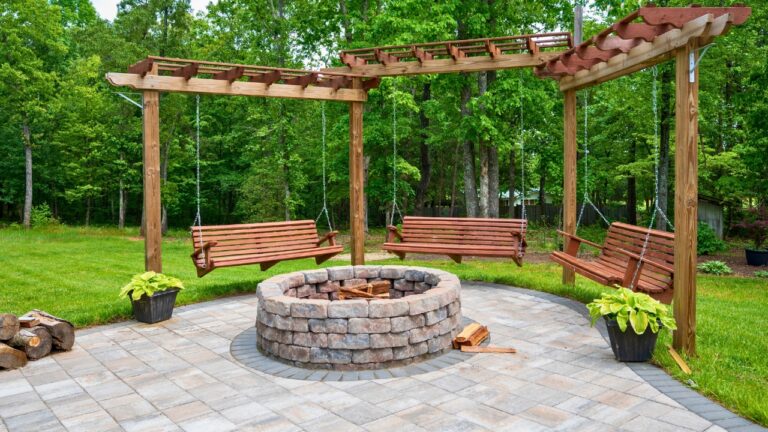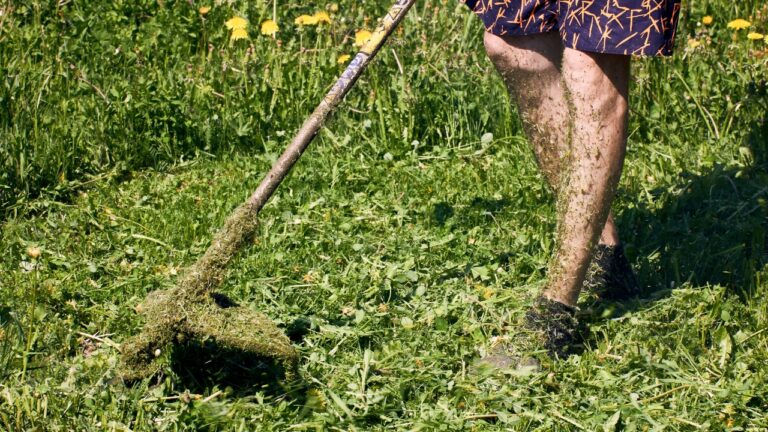10 Landscaping Trends Designers Keep Pushing (But Homeowners Regret)
Some landscaping trends look great in a magazine but fall flat once they’re actually in your yard. Designers and influencers love to pitch ideas that photograph well, but they’re not always thinking long-term maintenance, real-life function, or how it actually feels to live with those choices.
If you’ve ever regretted copying something you saw on Pinterest, you’re not alone. These are the trends homeowners keep falling for—and end up wishing they hadn’t.
Overcomplicated Hardscapes

A yard full of pavers, gravel paths, and decorative stone features might look impressive, but living with them is another story. These designs can be high-maintenance, hard to clean, and incredibly expensive to fix when something shifts or cracks.
A lot of homeowners end up feeling boxed in—literally. It limits how you use the space and doesn’t always age well. Plus, repairs usually require pulling up the whole thing, which isn’t fun or cheap.
Monochrome Plant Palettes
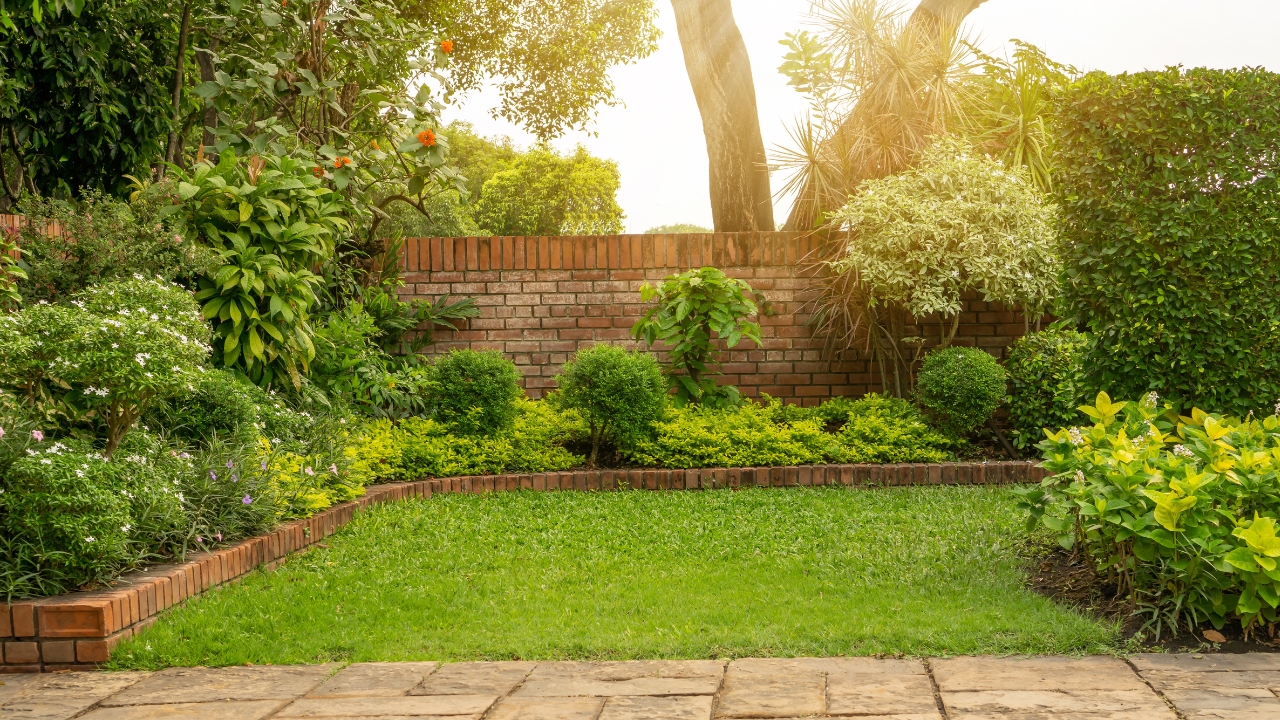
Designers love a sleek look with all-white flowers or a totally green yard, but it doesn’t always hold up in real life. You miss out on seasonal color, variety, and visual interest when everything looks the same.
It might feel modern at first, but these yards often come off cold or flat. Most homeowners end up adding pops of color later anyway, which defeats the purpose of the original design.
Artificial Turf Everywhere

Synthetic grass has been pushed as a maintenance-free option, but it comes with its own headaches. It can get scorching hot in the sun, trap smells, and doesn’t feel great under bare feet.
Once it’s installed, it’s hard to change without tearing everything out. And while it may look clean at first, it often ends up looking fake and worn out—especially if pets or kids are involved.
Raised Garden Beds in Tiny Yards
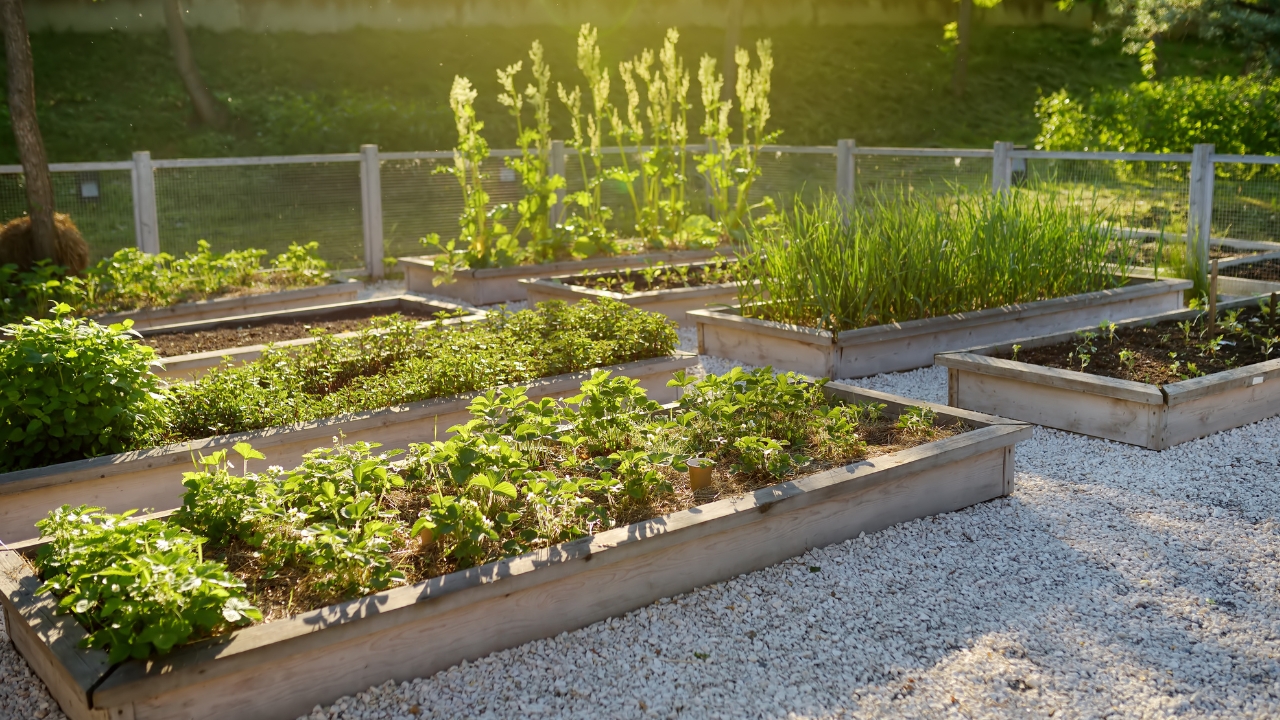
Raised beds can be great, but cramming them into a small yard can make the space feel even tighter. Designers often use them to add structure, but they don’t always think about how you’ll actually garden in them.
Homeowners end up with less usable space and more upkeep. Without enough sunlight or airflow, these beds can underperform—and that’s a letdown after the time and money spent building them.
Gravel as a Lawn Replacement

Swapping out grass for gravel might sound smart in dry climates, but it rarely looks as good as people hope. Gravel shifts, scatters, and heats up fast in the sun. It also invites weeds unless you’re constantly on top of it.
The upkeep doesn’t go away—it just changes. Homeowners who were trying to cut back on maintenance often find themselves out there more often than they were with a patch of grass.
Fancy Water Features

A bubbling fountain or decorative pond can add interest—until it turns into an algae pit or starts leaking. These features need more upkeep than people expect, and repair costs can spiral fast.
Unless you’re ready to maintain filters, clean out debris, and check for leaks regularly, it often becomes more of a hassle than it’s worth. A lot of folks end up draining them altogether and wishing they’d skipped it.
Overplanted Borders
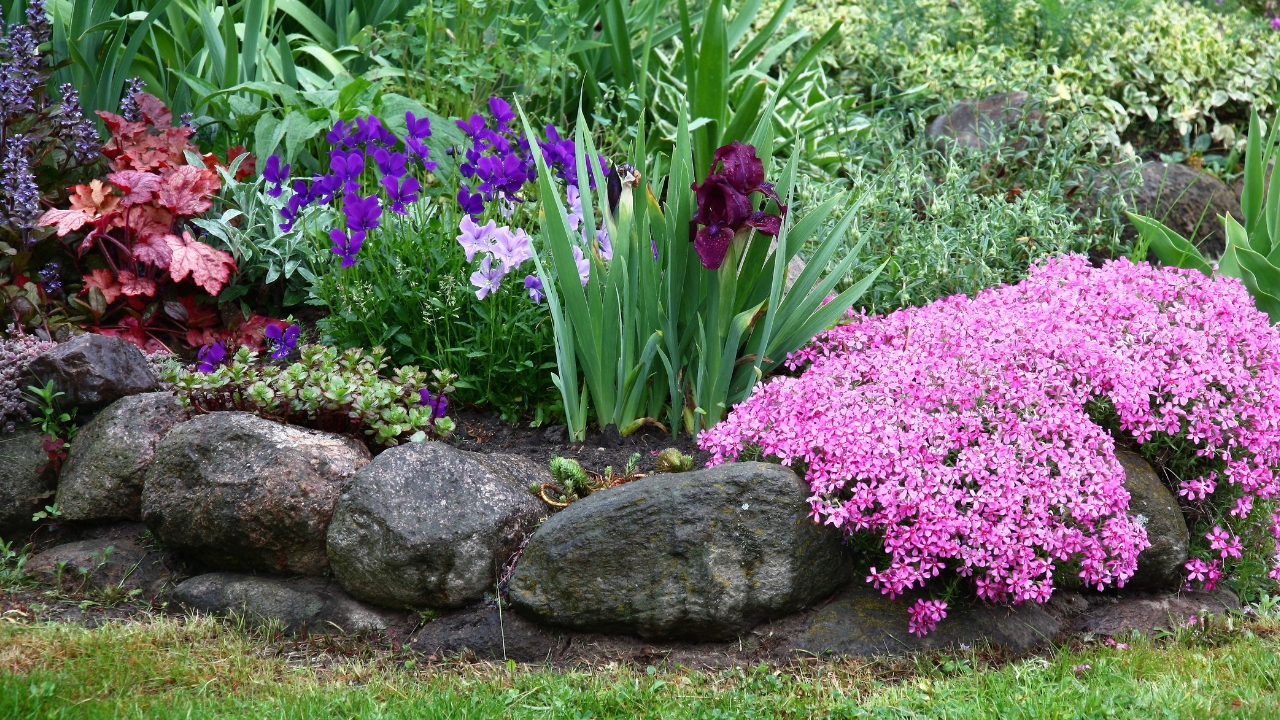
Designers like to create lush, layered borders that look great on install day. But as plants mature, they start crowding each other, competing for sunlight, and becoming hard to manage.
You’re left constantly trimming things back or ripping plants out to make room. What starts as a full, pretty edge often turns into a maintenance mess. It’s better to plan for growth than pack it all in right away.
Trendy Ornamental Grasses

Ornamental grasses had a moment—they’re drought-tolerant and add texture. But they also spread fast, flop over, and look rough in the off-season. Many homeowners are surprised at how wild and unkempt these grasses get.
Cutting them back each year can be a hassle, and they’re not always easy to control. A few well-placed clumps can work, but overusing them can make your yard feel like a neglected lot.
Minimalist Desert Landscaping in Wet Climates

Xeriscaping has its place, but copying desert landscaping in areas that get plenty of rain often backfires. Without proper drainage, rock beds can flood or grow mold, and desert plants may rot in wet soil.
It looks good in Arizona for a reason—but that doesn’t mean it makes sense in Georgia. Homeowners who try to force this style in the wrong climate usually end up frustrated and redoing parts of it later.
Concrete Planters and Built-In Beds

Big concrete beds and planters get pushed as “permanent solutions,” but that’s part of the problem. Once they’re in, you’re stuck with them—even if your plants fail or you change your mind about the layout.
They’re hard to move, expensive to demo, and limit your flexibility. Homeowners often regret the decision when it locks them into a look that doesn’t work long-term or takes up too much usable space.
*This article was developed with AI-powered tools and has been carefully reviewed by our editors.

